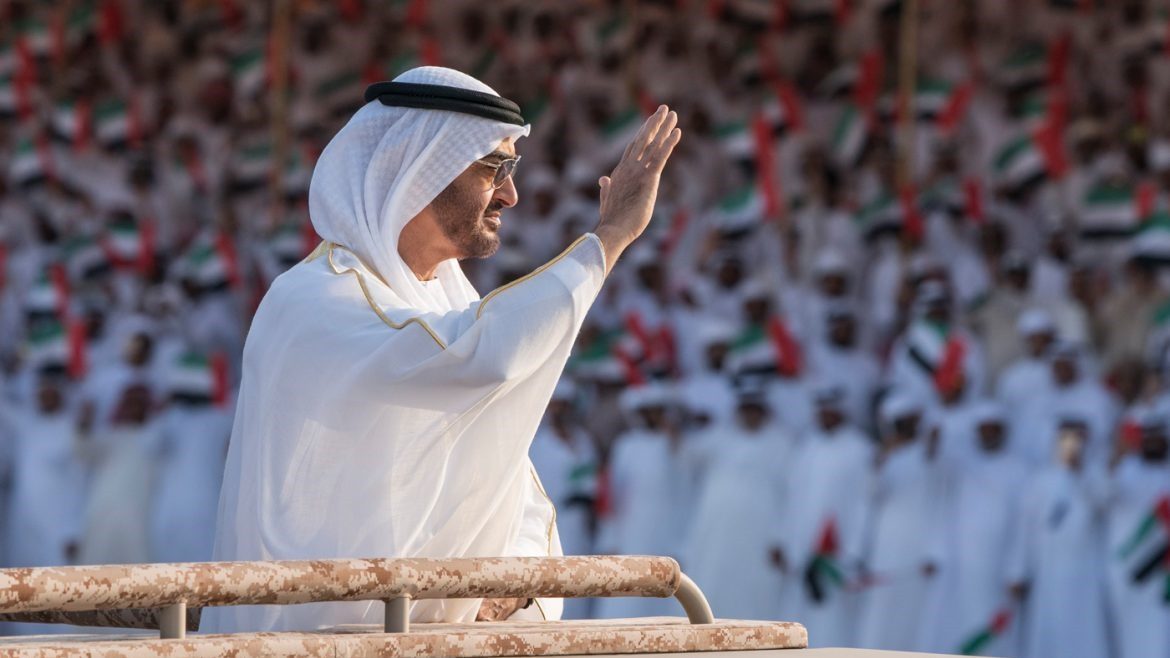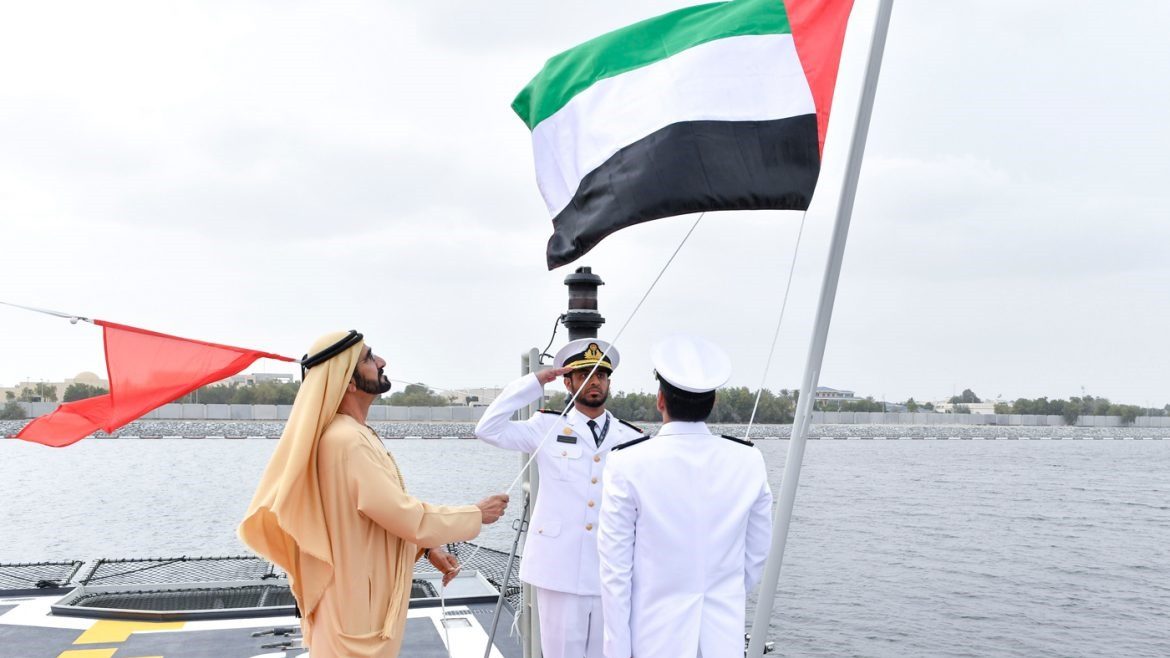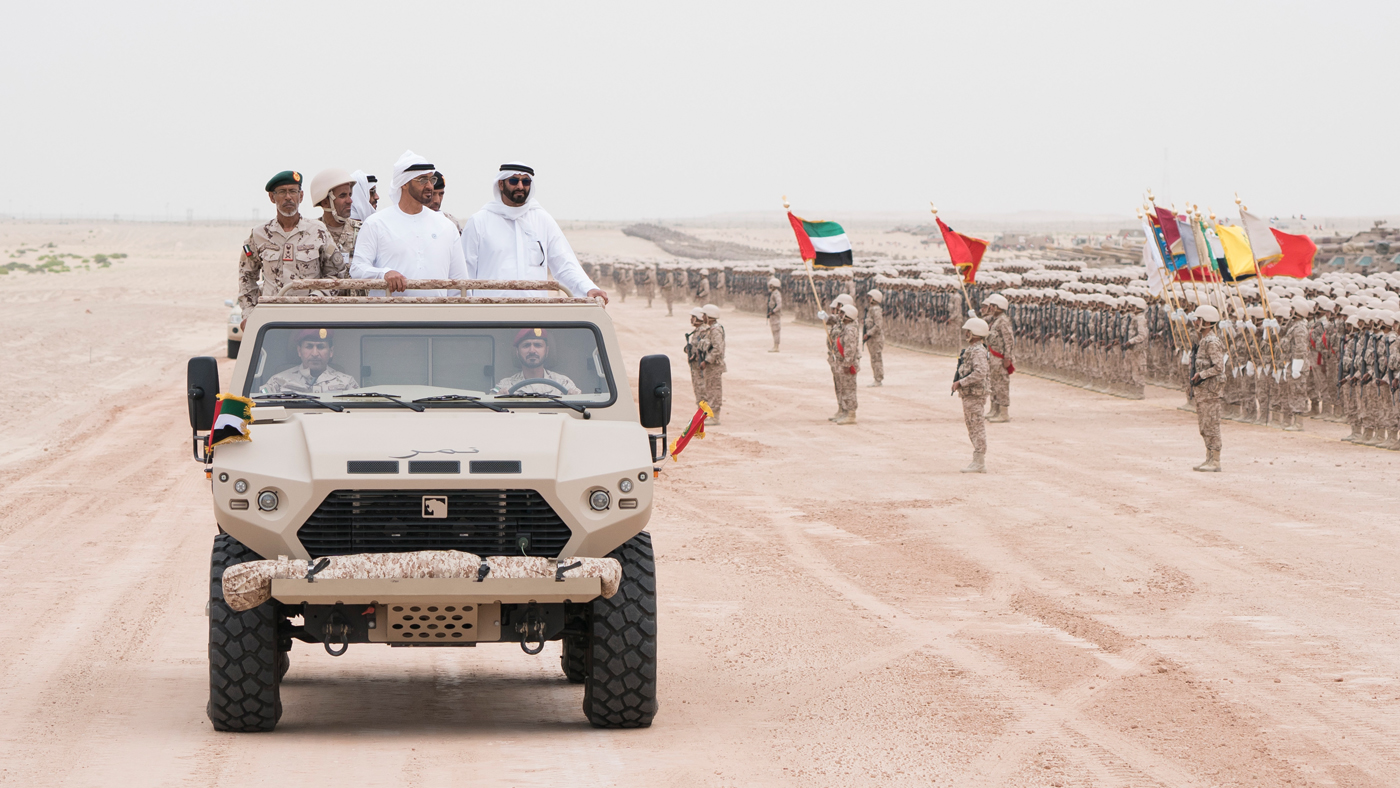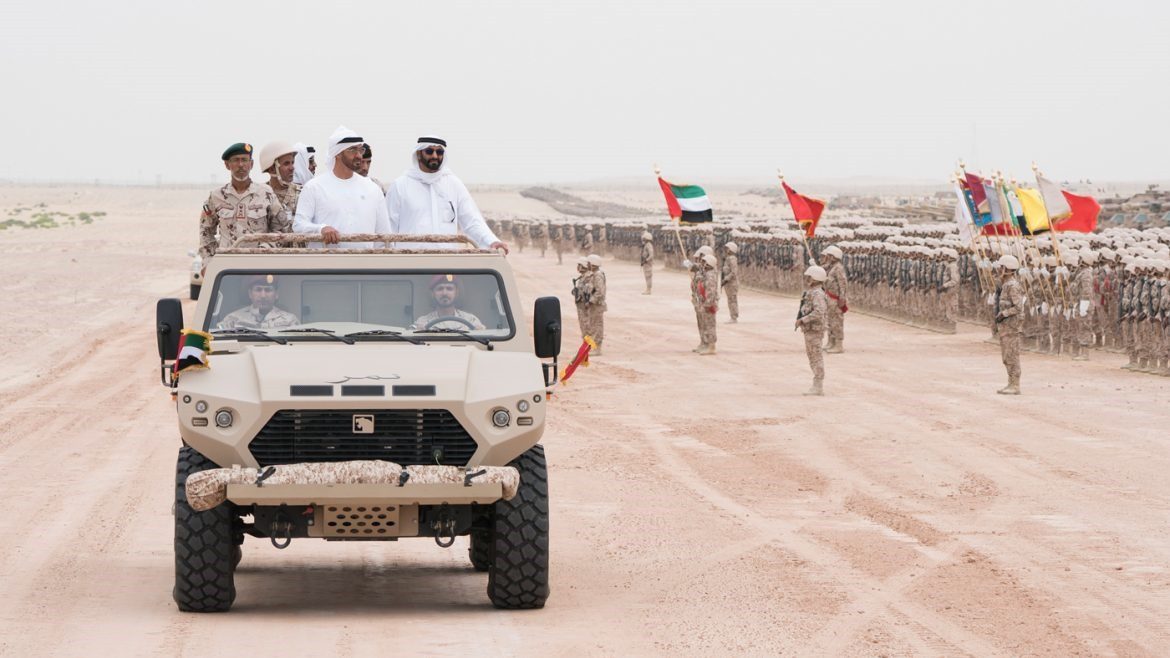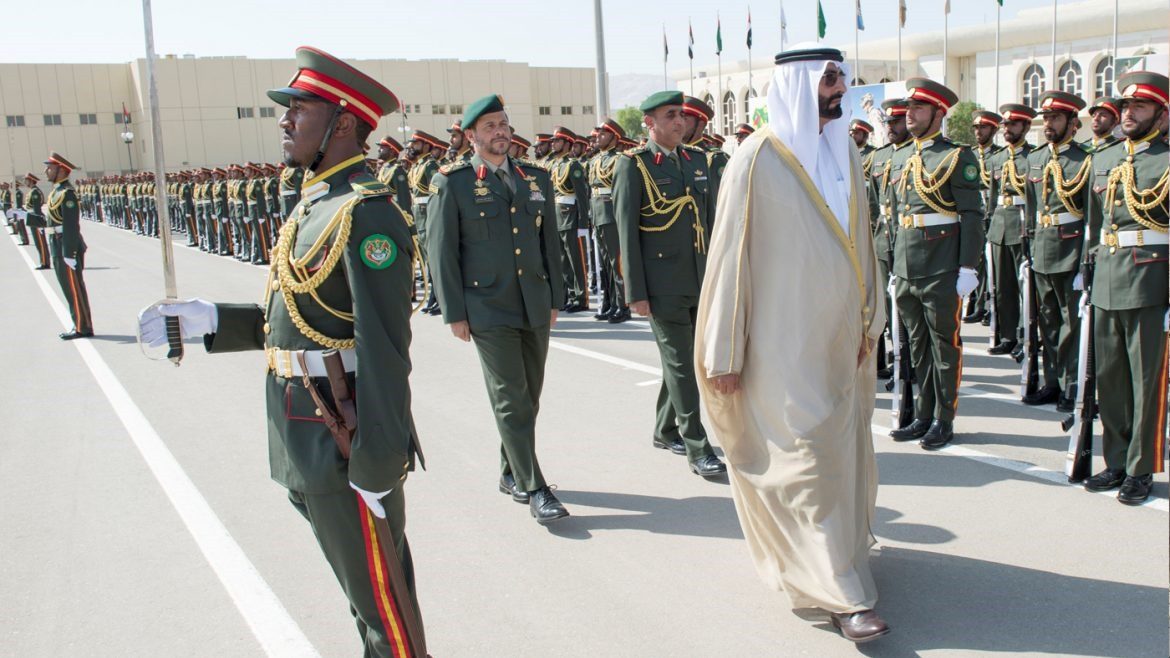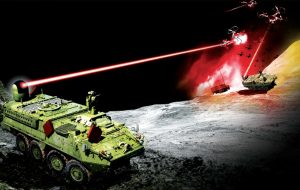While the nature of warfare remains constant, military strategies continue to evolve, particularly in response to the immense capabilities offered by new technologies. One of the most significant advancements today is quantum technology, capable of making significant breakthroughs across various fields of warfare. This has led to a sustained race for acquisition and control among many nations.
General Mark Milley, Chairman of the Joint Chiefs of Staff, emphasized that the most significant changes in warfare in the coming decades could arise from the rapid growth in artificial intelligence and quantum computing. He noted that the convergence of these technologies alone would bring about a massive change in the nature of warfare. To ensure the continuation of its deterrent strength and sovereignty, the United States must remain the most advanced in this field. While the appetite of major powers for quantum technologies is increasing, and technological progress in this field in the coming years is becoming tangible and inevitable, we are still far from what is now being referred to as “quantum warfare.” Experts agree that quantum technologies will provide strategic speed, tactical advantage, and deep battlefield knowledge, allowing armies to be faster and more informed in the complex environment of modern warfare. This capability significantly enhances their ability to overcome the prevalent “uncertainty” in today’s world. Therefore, it is no surprise that major powers are heavily investing in quantum technology. Currently, the United States and China lead this race, with European countries like France also investing more than ever before. For example, France recently signed an agreement between the Directorate General of Armament and five startups to develop two quantum computers under the PROQCIMA project, with an allocated budget of 500 million euros over ten years. Key Applications of Quantum Technology in the Aerospace Sector:

Enhancing Operational Connectivity:
Warfare domains like land, air, and sea, as well as space and cyberspace, are undoubtedly influenced by quantum technologies. Particularly, fields like encryption, command and control, and Intelligence, Surveillance, Target Acquisition, and Reconnaissance (ISTAR) have been significantly impacted. Modern armies can no longer afford to overlook the seamless integration of various battlefield functions. This integration assists combat forces in deploying sensors and managing the collected information.
Improving Situational Awareness and Decision-Making:
Quantum technologies promise to enhance “situational” or “contextual” awareness on the battlefield and encryption in cyber warfare. Quantum technology will provide clear operational advantages through extremely fast and highly effective attack vectors, both in asymmetric and symmetric encryption, thanks to unparalleled computational power. In essence, a quantum computer can test 70 billion possibilities in one day. Quantum computers are expected to play a significant role in Command and Control (C2) systems, focusing on analyzing and providing situational awareness, aiding in planning and monitoring, including simulating various potential scenarios, to ensure optimal conditions for decision-making. Quantum computers can also improve and accelerate scenario simulation processes or process and analyze massive ISR (Intelligence, Surveillance, Reconnaissance) data to enhance situational awareness. Without exaggeration, we can envision a command and operations monitoring centre becoming omniscient on the battlefield, freeing itself from the “fog of war” or uncertainty. Quantum technology is approaching breakthroughs in operational improvement concerning Positioning, Navigation, and Timing (PNT) for achieving more powerful and accurate strikes.
Enhancing Aircraft Design and Development:
Quantum technologies will play a crucial role in expediting and streamlining the design cycles of airforce-specific devices by accelerating the resolution of industry-related challenges. This will positively impact diverse areas such as missile aerodynamics, fighter jets, and aircraft payload enhancements.
Enhancing Supply Chains in the Air Force Sector (Quantum Logistics):
Traditional computers can only efficiently handle a limited number of variables simultaneously. Therefore, logistics services tailored to the needs of the Air Force represent a challenge to the capabilities of traditional computers. Additionally, expectations regarding supply chains provided by traditional computers are mere assumptions closer to chaotic guesswork compared to what quantum computers can offer. In 2019, DARPA (Defense Advanced Research Projects Agency), a branch of the US Department of Defense, highlighted that the application of quantum technology could significantly improve planning, guidance, and supply chain management in challenging environments lacking infrastructure. In this logistical context, quantum computing will play a crucial role in organizing real-time material delivery. Since quantum technology will enhance artificial intelligence capabilities in processing massive amounts of data instantly, it will allow, for example, unmanned aerial vehicles to deliver spare parts or ammunition to units engaged in combat with the enemy more effectively than current solutions such as utilizing robots.
Recently, the US Air Force announced its first contract for quantum computing programs in military logistical services. It recently signed its first contract for quantum computing programs with Quantum Research Sciences, receiving $2.5 million to build and support quantum computing programs capable of managing global logistical services for the US Air Force. This represents a new era in US military aviation logistical services. Ethan Kremins, the company’s CEO, stated that the company used quantum computing to accurately determine optimal inventory levels, including intermittent or infrequent demand parts.
The majority of global inventory, whether in the military or private industry, is on shelves because predicting user demand is not easy. The Air Force believes that much of its inventory cannot be predicted, resulting in either too many or too few parts in the supply chain. Studies show that QRS’s quantum computer program contracted for use by the US Air Force for three years achieves a 28% improvement compared to classical computers in the supply field alone. The program not only determines the number of items that should be in inventory but also answers three main questions: how many items are needed when they are needed, and how they will reach their destination.

Communication Revolution:
The operation of quantum communication or detection systems relies on quantum entanglement (The result of the division of photons that remain connected due to their quantum properties, despite distances). China launched Micius or Mozi, the first quantum transmission platform, into orbit, ensuring an unprecedented level of communication security. Launched in 2016, the satellite-enabled transmission over 7400 kilometres between Beijing and Vienna in 2017 by distributing encryption keys. In 2020, Micius transmitted entangled photon streams between two stations 1200 kilometres apart, effectively serving as a secure, hack-proof communication satellite. China plans to have 20 satellites of this kind, thereby establishing the first quantum communication network.
Revolution in Detection and Monitoring:
The principle of quantum entanglement can be utilised in detection and monitoring systems. After division, photons transmitted by microwave waves in the atmosphere can act as “ping” for sonar or radar wave functions for detection, scanning, and radar monitoring operations, at least within a range of 100 kilometres in the atmosphere. It is said that China was conducting experiments for radar detection at a distance of 1000 kilometres in 2016. Quantum techniques are also used on a short range in miniature RF receiving antennas and three-dimensional imaging systems. These can be useful for mapping underground facilities and allowing detection and monitoring in challenging environments: foggy weather, muddy areas, and jungles. Aircraft antennas, computers, and communication systems onboard aircraft will be the first to benefit from these revolutionary technologies, enhancing their flexibility and accuracy. Quantum sensors have two main advantages: they are extremely small and highly sensitive, making them extremely accurate. Therefore, it will be possible to miniaturise some equipment while improving performance. For example, this will be the case for satellite antennas on aircraft. The quantum antenna’s surface area will be as small as one square centimetre, yet it will be capable of capturing a wide range of frequencies, including very low frequencies, which traditionally require larger antenna dimensions. This will enable their integration into the aircraft’s body and ultimately deploy them onboard small unmanned aircraft.
Providing Independent Navigation Systems Beyond GPS:
Today, the aircraft’s path is measured using optical gyroscopes, enabling the aircraft’s inertial navigation unit to determine its position in its environment. However, these systems accumulate inaccuracies as the flight progresses, but this deviation does not pose a problem in practical practice because the system also uses data from satellite navigation and navigation systems such as the Global Positioning System (GPS) or Galileo. However, if the GPS signal is jammed, this could be a significant problem, especially for military aircraft operating in theatres of operations. Quantum technologies provide a solution to ensure highly accurate positioning without the need for the Global Positioning System (GPS). The idea is to replace the mechanical and optical elements of current inertial navigation units with quantum devices based on cold atoms, close to absolute zero (-273 degrees). This improves the accuracy of traditional inertial navigation units by a factor of 100, providing accuracy equivalent to that of the Global Positioning System (GPS).
This innovation paves the way for the development of a navigation system entirely independent of the Global Positioning System (GPS) or Galileo, which can be integrated into both traditional military aircraft and unmanned aircraft.
Moreover, the future Franco-German-Spanish air combat program (Scaf) will benefit from this.

Conclusion:
Quantum technology has become increasingly important in the context of the resurgence of warfare in Europe and the interconnected and complex international tensions. Therefore, countries are engaged in a race for quantum superiority, fearing the loss of their military advantage. It is expected that the global military quantum technology market will continue to grow, reaching $184.6 million by the end of 2024, and over $2 billion by 2035. While the annual growth rate for the period 2024-2035 is expected to be 25.57%. Future quantum capabilities will not be possible without what is called the “second quantum revolution,” which promises to redefine computing, security, and other fields. This second revolution can be compared to the impact of the Industrial Revolution in the 19th century. It relies on the ability to isolate and control quantum bodies, as well as providing ultra-secure communications and extremely sensitive detectors that enable unparalleled precision measurements. The second revolution would also provide extraordinary capabilities for solving complex problems and open up many new horizons in warfare. After decades of uneven conflicts, and in the context of the return to intense warfare following the Russo-Ukrainian War, some countries are funding the development of disruptive quantum technologies. Moreover, the risk of hostile intelligence agencies collecting encrypted data for later decryption (collect now, decrypt later) using a quantum computer poses a credible threat. Therefore, experts believe that achieving post-quantum encryption should be done as soon as possible.
The French National Cybersecurity Agency (ANSSI) warns of quantum cyber-attacks threatening the European Union, emphasizing the urgent need to develop migration plans for post-quantum encryption now and make the right technological choices before it’s too late. Therefore, armies, and at their heart the air forces, must affirm their quantum strategy to ensure their sovereignty in this complex and interconnected world, or risk falling behind and wandering in the “fog of war” (Nebel des Krieges), a state of uncertainty and ambiguity faced by participants in military operations, especially regarding the adversary’s capabilities and intentions during combat or military operations, making them entirely at the mercy of their opponents.
« By:Dr Wael Saleh
(Expert at Trends Research and Advisory Centre)



